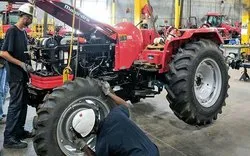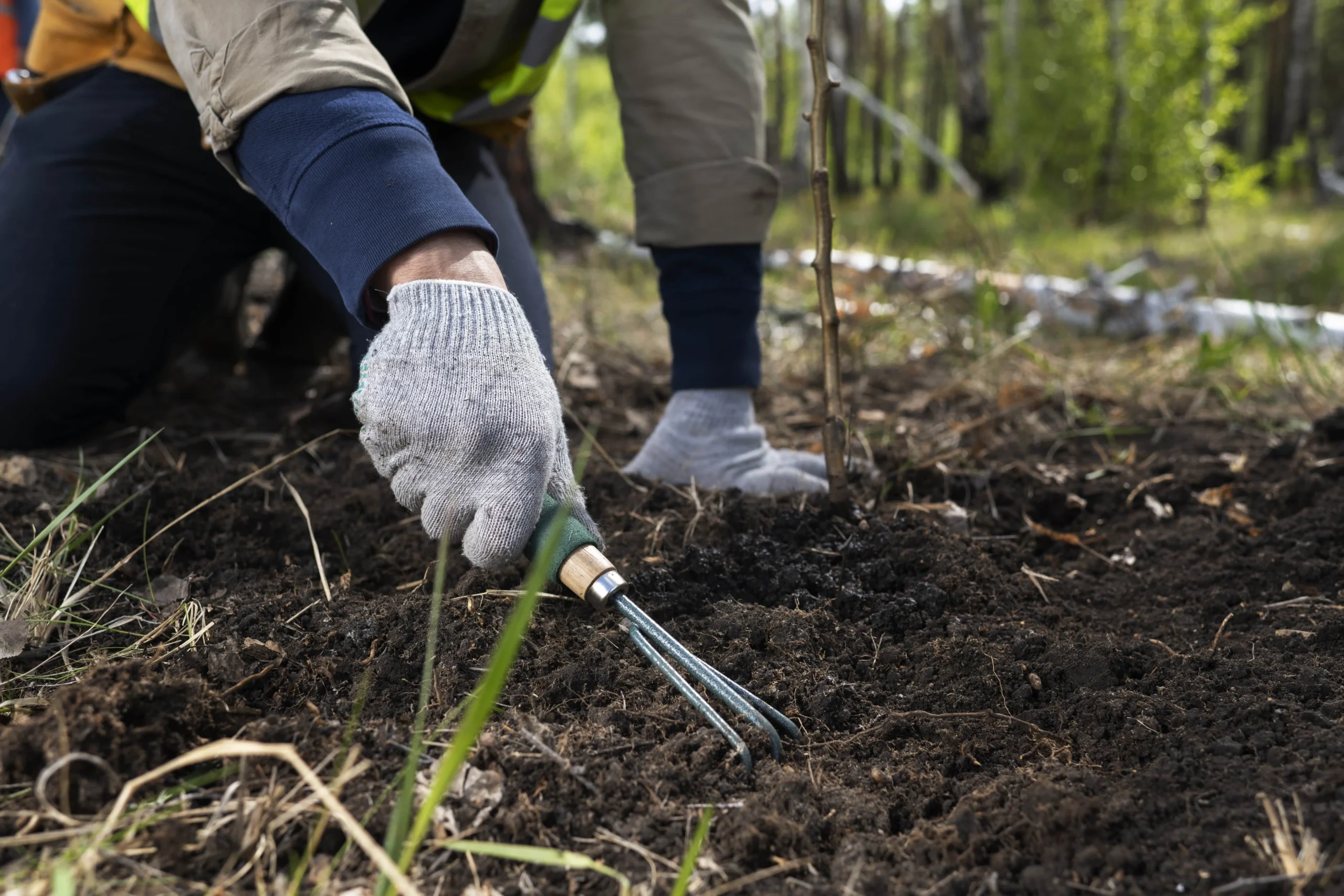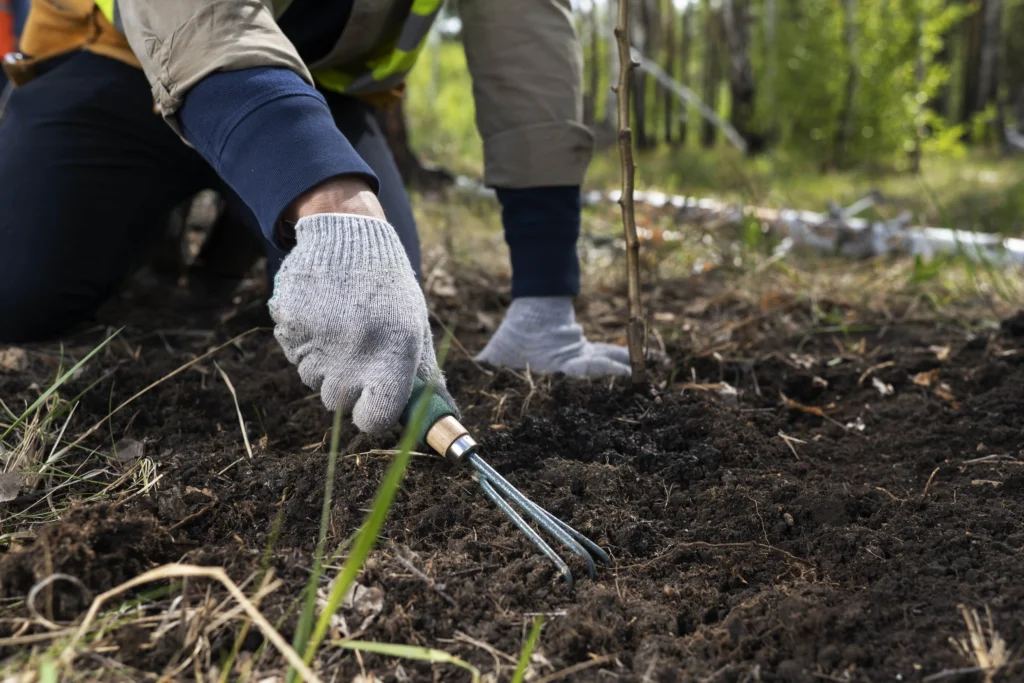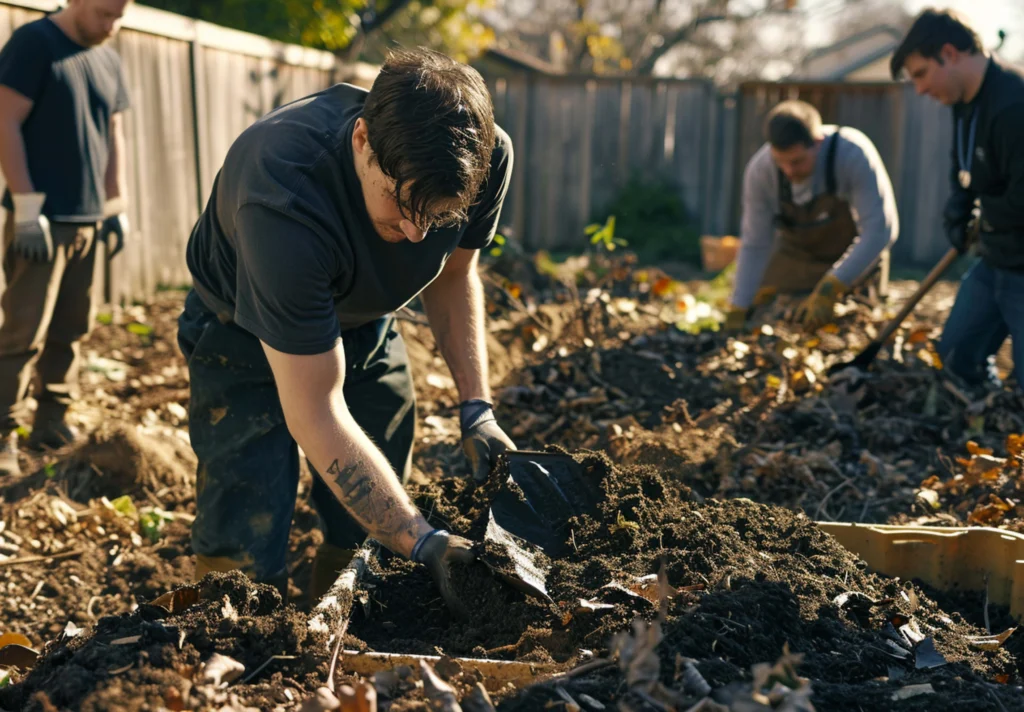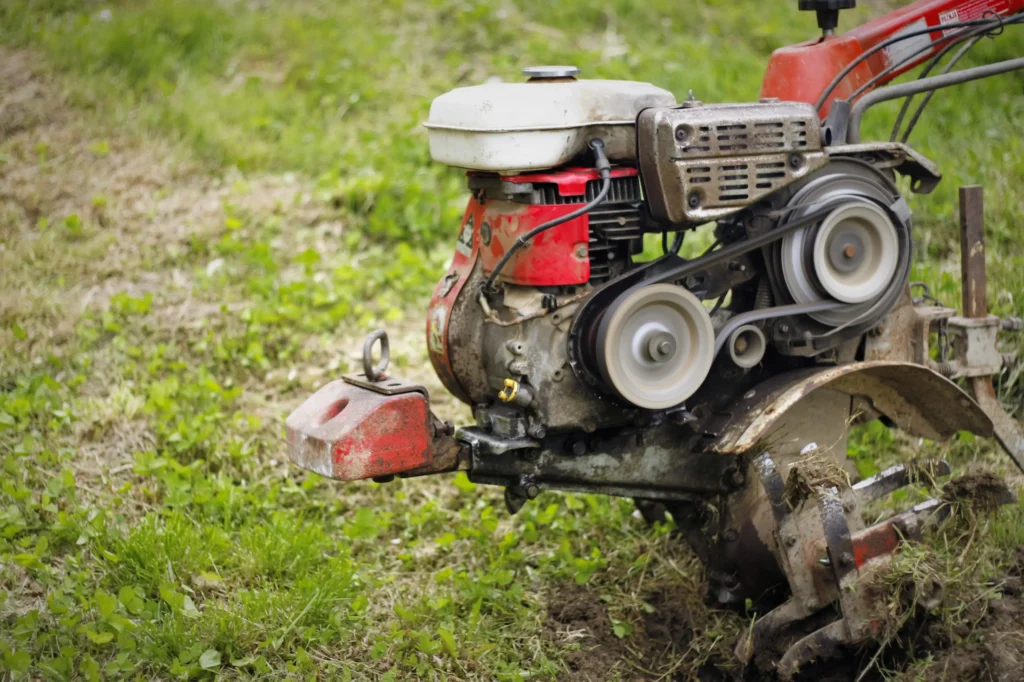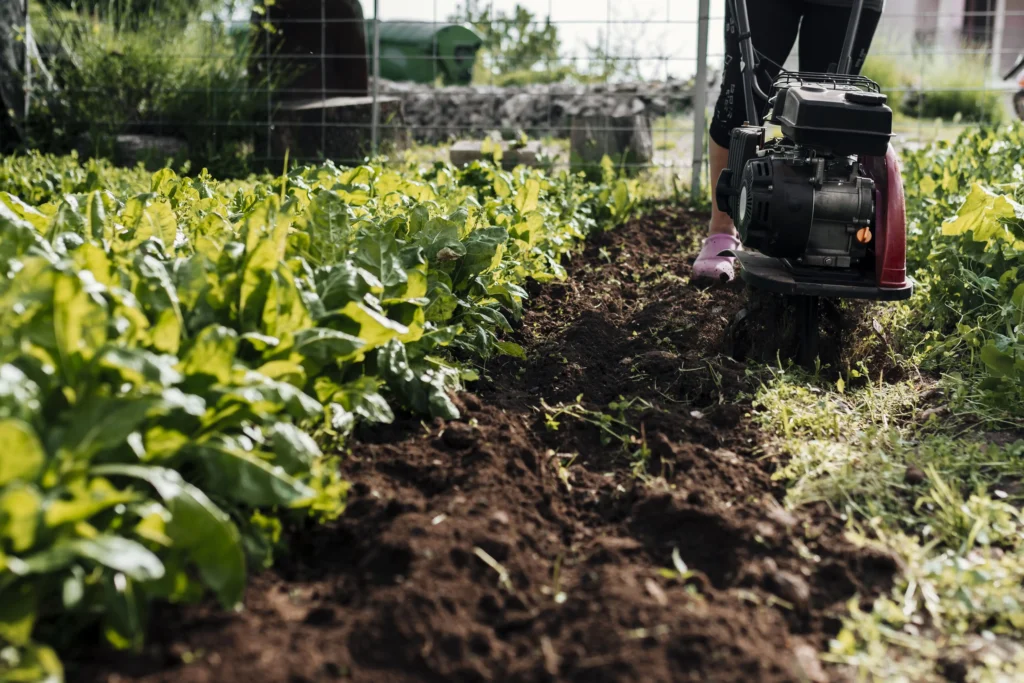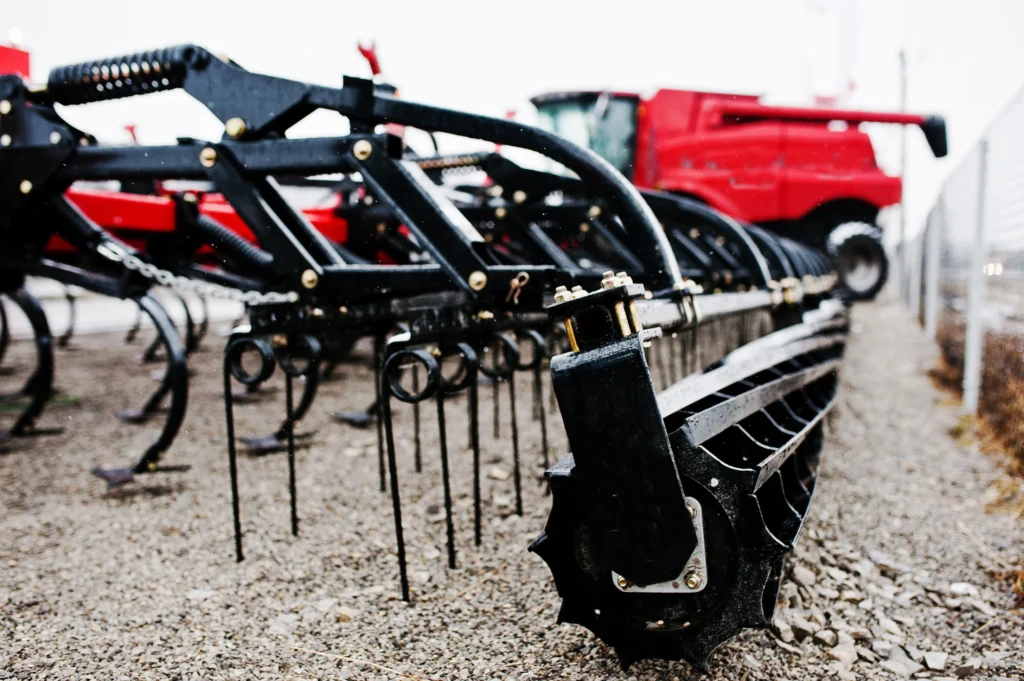Outline: How to Maintain Small Farm Machinery
| Section | Subtopics Covered |
|---|---|
| Introduction | Why maintenance matters for small farm tools |
| Common Small Farm Machines | Types: tillers, weeders, sprayers, pumps |
| Daily Maintenance Tips | Cleaning, inspection, lubrication |
| Weekly & Monthly Checks | Engine, filter, tire, oil and fuel systems |
| Seasonal Servicing | Deep maintenance after cropping seasons |
| Storing Farm Equipment Safely | Proper storage methods to avoid rust and wear |
| Tools You Need for Maintenance | Basic tools and supplies for upkeep |
| Warning Signs of Machine Trouble | Catching problems early |
| Tips to Reduce Repair Costs | Preventive maintenance methods |
| Conclusion | Keeping your farm machinery in top shape |
How to Maintain Small Farm Machinery
Why You Should Care About Maintenance
Small farm machines are lifesavers—whether it’s a power tiller turning the soil, a sprayer protecting your crops, or a water pump irrigating the field. But like all tools, they wear out if neglected. Regular maintenance isn’t just about keeping them running—it’s about saving money, reducing downtime, and getting more work done without stress.
Good news? You don’t need to be a mechanic. A little care goes a long way.
Common Small Farm Machines You Might Own
Let’s start with what you’re likely working with:
- Power Tillers (like Greaves 14 DLX)
- Brush Cutters and Power Weeders (e.g., GT Shakti 50cc)
- Knapsack Sprayers
- Water Pumps
- Intercultivators (like Kisankraft KK-IC-215P)
Whether petrol, diesel, or electric—they all need TLC.
Daily Maintenance Checklist
After every use, spend 5–10 minutes on:
- Cleaning: Wipe down mud, weeds, and debris
- Tightening: Check nuts and bolts for looseness
- Lubricating: Grease chains, blades, and moving parts
- Fuel Check: Drain excess petrol if not using soon (to avoid gumming)
- Air Filter Quick Clean: Tap out dust and clean with mild soap weekly
Tip: Don’t store with wet mud or leaves—it speeds up rusting!
Weekly to Monthly Checks
Depending on how often you use the equipment, do these once a week or at least monthly:
| Part | What to Check | Fix |
|---|---|---|
| Engine Oil | Dark color or low levels | Top up or replace |
| Air Filter | Clogged with dust | Wash/replace |
| Spark Plug | Blackened or damaged | Clean or swap out |
| Fuel Lines | Cracks or leaks | Replace lines |
| Tires | Low pressure, punctures | Inflate or repair |
| Blades | Dull or chipped | Sharpen or replace |
| Belts/Chains | Fraying or slack | Adjust or change |
Don’t forget to follow the owner’s manual for specific service intervals.
Seasonal Servicing: After Cropping
When you’re done with planting or harvesting:
- Drain fuel from tanks and carburetors
- Flush the oil and replace with clean oil
- Clean deep with a brush and degreaser
- Store with blade covers on
- Remove battery if unused for months
Tip: Rust loves moisture. Always dry your tools before long-term storage.
Storing Equipment Safely
Proper storage can double your machine’s life:
- Keep Indoors: In a dry shed, away from sun and rain
- Use Tarps or Covers: Especially during monsoons
- Elevate if Possible: Wooden pallets prevent dampness
- Hang Smaller Tools: Keeps them off dusty or wet floors
Bonus: Use silica gel packets or camphor in storage boxes to absorb moisture.
Essential Maintenance Tools to Have
No need to buy a fancy toolkit. Here’s what you actually need:
- Adjustable wrench
- Screwdrivers (flat and cross)
- Spark plug remover
- Engine oil (SAE 30 or as recommended)
- Air filter cleaner or mild soap
- Grease gun
- Blade sharpening tool or file
- Clean rags and brush
- Fuel stabilizer (optional for off-season)
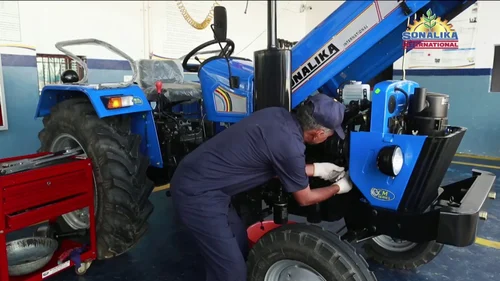
Spot Trouble Early: Warning Signs
Machines give hints before they fail. Watch for:
- Hard starting or stalling
- Unusual noises or vibrations
- Smoke or burning smells
- Loss of power while working
- Oil or fuel leaks
Address these immediately—early fixes cost less than big repairs later.
Prevent Big Repair Bills
Want to avoid calling a technician every season? Here’s how:
- Stick to regular oil and filter changes
- Never use poor-quality fuel or water-contaminated fuel
- Don’t let dirt pile up under the engine or blade
- Replace parts before they fail, not after
- Keep a log of maintenance dates (even on paper)
Conclusion: A Little Care, Big Rewards
Your farm tools work hard for you—give them a little care, and they’ll return the favor. Regular cleaning, small checks, and smart storage keep your small farm machinery reliable, safe, and ready for action. You’ll save time, money, and avoid the dreaded breakdown during peak season.
✅ FAQs
How often should I change oil in a small power tiller?
Every 20–30 hours of use or as per the manufacturer’s guide.
Can I wash the engine directly with water?
No. Wipe with a damp cloth—don’t hose it down, as it can short circuits or rust parts.
Is 2-stroke or 4-stroke easier to maintain?
4-stroke engines need less frequent oil mixing, but both require regular checks.
What happens if I skip maintenance?
Lower fuel efficiency, poor performance, and expensive breakdowns.
Can I use car engine oil in my tiller?
Only if it meets the specs in your manual (like SAE 30). Always check first.
🔗 Useful Links
Inbound Suggestions:
Outbound Suggestions:

